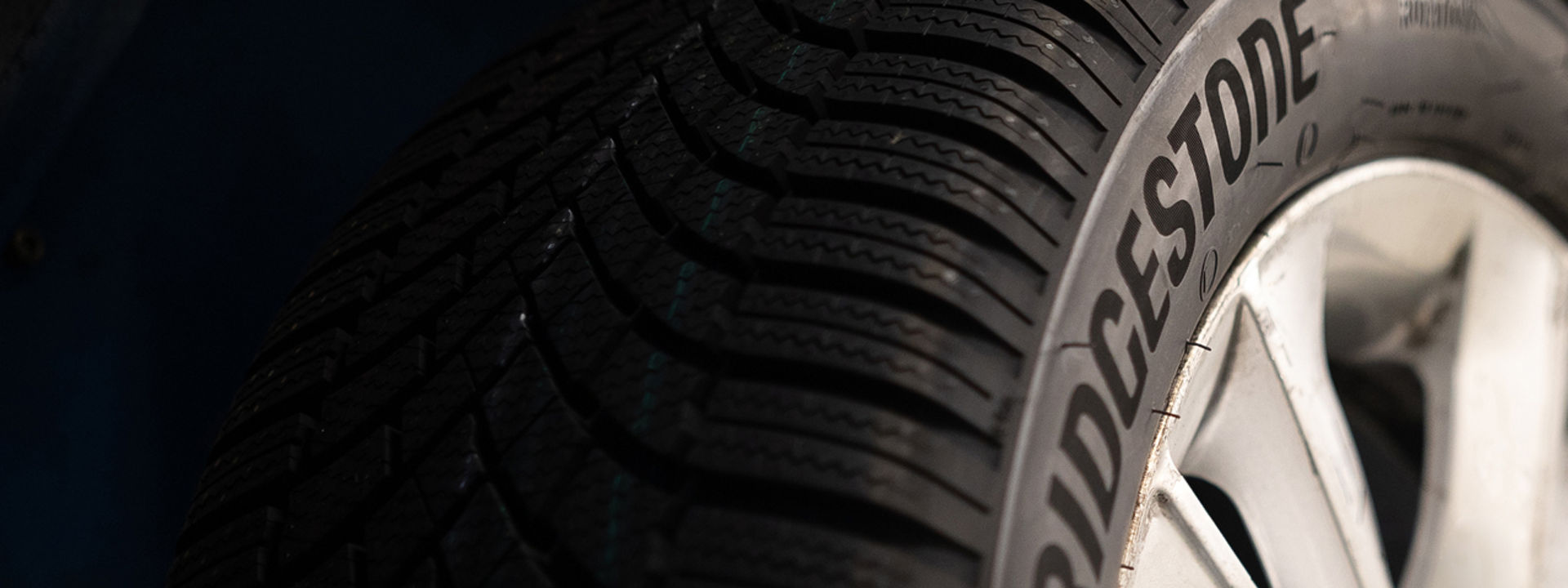With the ongoing coronavirus pandemic restricting most non-essential travel and movement, driving has taken a backseat for many. But that doesn’t mean you should neglect your vehicle. This is certainly the case for fleet operators, who may have reduced their capacity as a result of the current climate and now have vehicles sitting unused.
Although tyre maintenance may not be front of mind, it’s still an essential activity whether you are running a fleet of vehicles throughout the year or whether some of your fleet are surplus to requirements and therefore parked up for long periods of time.
The good news is there are many handy tips and tricks that’ll keep your tyres in good condition, even in storage:
- First things first, you should be checking your tyres on a regular basis, whether the vehicle is operative or on standby. The time period typically required is every 28 days.
- Tyres should also be checked for abnormal wear and damage; all potential penetrative items, such as screws, bolts and stones, should be removed. This check should be completed by a qualified Tyre Technician to ensure best practice and health and safety adherence.
- Tyres need to be inflated to their optimum operating pressure to roll reliably, which will then improve safety and fuel efficiency. The best time to measure tyre pressure is when the tyres are cold or have only travelled a short distance.
- It’s important to be aware that tyre pressure below 10-20 percent of optimum should be checked for external damage before re-inflating. Once inflated to the correct pressure, the tyres should be monitored for continuing deflation, as this could be a sign of full tyre penetration or a leaking valve or rim. High pressure valve caps should also be fitted. All of this should be completed by a qualified Tyre Technician.
- Ensure that your tyres are not standing in pools of water or contaminates, as many industrial chemicals and solvents, including oils, petrol and diesel, can severely damage tyres. If you spot these contaminants on your tyres, you should remove them using plenty of water and a mild detergent. Once complete, make sure that the tyres on your vehicle are parked in a drier area.
- Check that the tyre footprint for all tyres on the vehicle is sitting on a flat road surface to prevent stress damage or abnormal deformations from forming, which could result in the tyre needing to be changed.
- Make certain that the tyre sidewalls for all tyres on the vehicle are not pressed up against kerbs or raised iron works, as this could again result in the need for a new tyre.
- Finally, all tyres should be inspected for damage and pressure loss prior to entering back into normal service. If concerns are identified then a qualified Tyre Technician should be called.
Following these tips can make all the difference to keeping vehicles on the roads, especially for fleet operators responsible for transporting vital goods during these challenging times. Continuous tyre maintenance is crucial to avoiding unnecessary downtime and keeping supply chains moving.
If you follow these simple guidelines, you’ll help ensure that your vehicles are ready for whenever they’re next called upon. And remember to stay safe – on and off the road!
